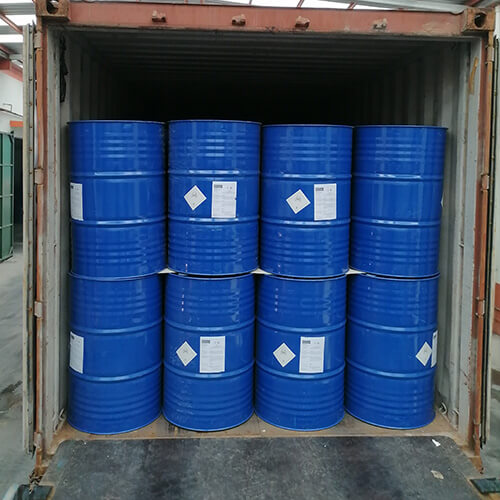Epichlorohydrin (ECH) is an organic compound that belongs to the class of epoxides. It is a colorless liquid with a pungent, garlic-like odor, and it is moderately soluble in water. Epichlorohydrin is a highly reactive chemical that can react with various substances to form different products.
Production of epichlorohydrin
Epichlorohydrin can be produced from two main sources: petrochemicals and glycerin. The petrochemical process involves the reaction of allyl chloride with hypochlorous acid, followed by dehydrochlorination with a base. This process consumes propylene and chlorine, which are derived from fossil fuels. The glycerin process involves the reaction of glycerin with hydrochloric acid, followed by dehydration with a catalyst. This process uses glycerin, which is a by-product of biodiesel production from vegetable oils or animal fats.
Epichlorohydrin has a wide range of applications in various industries, such as:
- Epoxy resins: Epichlorohydrin is the main raw material for the production of epoxy resins, which are thermosetting polymers that have excellent mechanical, chemical, and electrical properties. Epoxy resins are used in protective coatings, adhesives, composites, electrical/electronic devices, construction materials, and many other products.
- Synthetic glycerin: Epichlorohydrin can be converted to synthetic glycerin by hydrolysis with water or steam. Synthetic glycerin is used as a humectant, solvent, sweetener, and emulsifier in food, pharmaceutical, cosmetic, and personal care products.
- Epichlorohydrin elastomers: Epichlorohydrin can be polymerized with ethylene oxide or propylene oxide to form epichlorohydrin elastomers, which are rubber-like materials that have good resistance to heat, oil, ozone, and chemicals. Epichlorohydrin elastomers are used in hoses, seals, gaskets, belts, and other automotive and industrial products.
- Specialty chemicals: Epichlorohydrin can be used to make various specialty chemicals, such as wet-strength resins for paper production, surfactants for detergents and emulsions, water treatment chemicals for disinfection and coagulation, and glycidyl nitrate for explosives.
Market overview of epichlorohydrin
According to S&P Global’s Chemical Economics Handbook (CEH), the global consumption of epichlorohydrin was about 2.5 million metric tons in 2020, and it is expected to grow at an average annual rate of about 3.5% during 2021–26. The main driver for the demand of epichlorohydrin is the production of epoxy resin, which accounts for about 90% of the total market. The fastest-growing regions are Asia-Pacific, especially China and India, where epoxy resin is used for infrastructure development, renewable energy generation, and consumer electronics manufacturing.
The following table shows the world consumption of epichlorohydrin by major region in 2020:
| Region | Consumption (metric tons) | Share (%) |
|---|---|---|
| Asia-Pacific | 1,800,000 | 72 |
| Europe | 350,000 | 14 |
| North America | 250,000 | 10 |
| Rest of World | 100,000 | 4 |
| Total | 2,500,000 | 100 |
Source: S&P Global’s Chemical Economics Handbook (CEH)
Epichlorohydrin is an important intermediate chemical that has many uses in various industries. It is produced from either petrochemicals or glycerin sources, depending on the availability and cost of the raw materials. Epichlorohydrin is mainly used to make epoxy resins, which are widely used in protective coatings, adhesives, composites, and other products. The global market for epichlorohydrin is expected to grow steadily in the next few years, driven by the demand for epoxy resin in the Asia-Pacific region.
Extended Reading
Price trend of epichlorohydrin from 2022 to 2023
The price of epichlorohydrin
Separation method of epichlorohydrin
Epichlorohydrin wastewater treatment process
Visit the product page of epichlorohydrin
Visit Wikipedia of Epichlorohydrin




